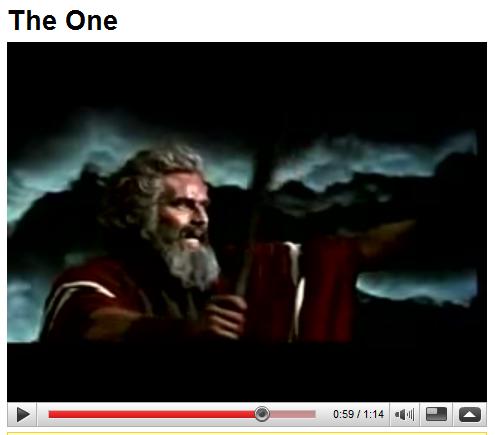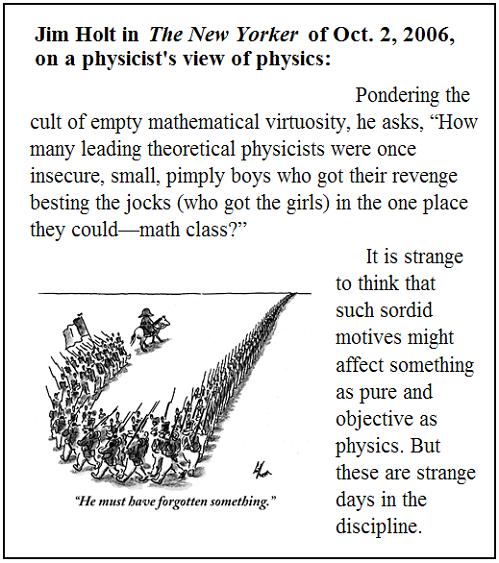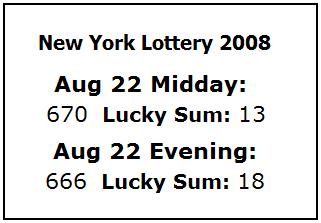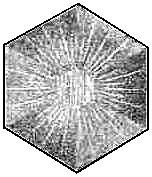Cross-Purposes
Yesterday’s entry, Absurdities, quoted Erich Heller:
“All relevant objective truths are born and die as absurdities. They come into being as the monstrous claim of an inspired rebel and pass away with the eccentricity of a superstitious crank.”
The context for this remarkable saying is Heller’s essay “The Hazard of Modern Poetry.” (See p. 270 in the links below.)
Discussing “the century of Pascal and Hobbes,” he says (see the link to p. 269 below) that
“… as for spiritual cunning, it was in the conceits of metaphysical poetry, in the self-conscious ambiguities of poetical language (there are, we are told, as many types of it as deadly sins), and in the paradoxes of Pascal’s religious thought. For ambiguity and paradox are the manner of speaking when reality and symbol, man’s mind and his soul, are at cross-purposes.”
Heller’s description of “relevant objective truths” as “absurdities” seems to be an instance of such ambiguity and paradox. For further details, see
The Disinherited Mind: Essays in Modern German Literature and Thought (Harvest paperback, 1975)–
“The Hazard of Modern Poetry” (pp. 263-300), Section 1, pages
263, 264, 265, 266, 267, 268, 269, 270, 271, 272.
For material related to Pascal, see the five Log24 entries ending on D-Day, 2008.
For material related to Hobbes, see the five Log24 entries ending on St. Patrick’s Day, 2007.





























 "Russian writer Alexander Solzhenitsyn, who exposed Stalin's prison system in his novels and spent 20 years in exile, has died near Moscow at the age of 89.
"Russian writer Alexander Solzhenitsyn, who exposed Stalin's prison system in his novels and spent 20 years in exile, has died near Moscow at the age of 89.







